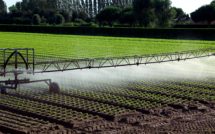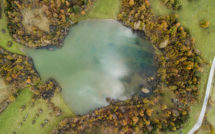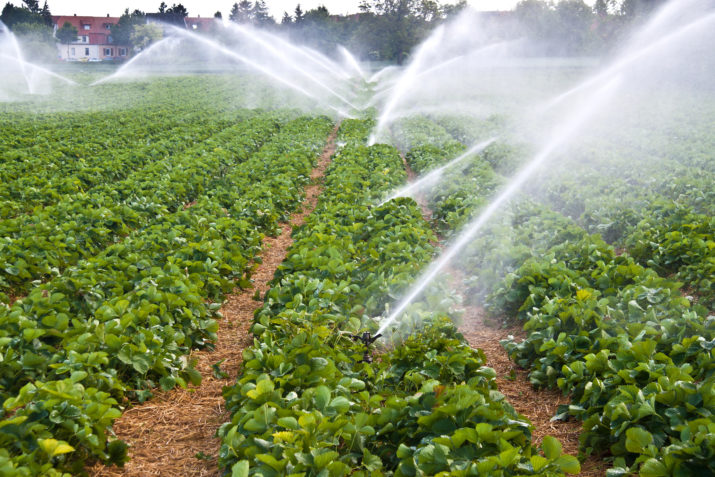
Water Footprint Network: Using the Water Footprint Concept to Promote Sustainable, Fair, and Efficient Fresh Water Use
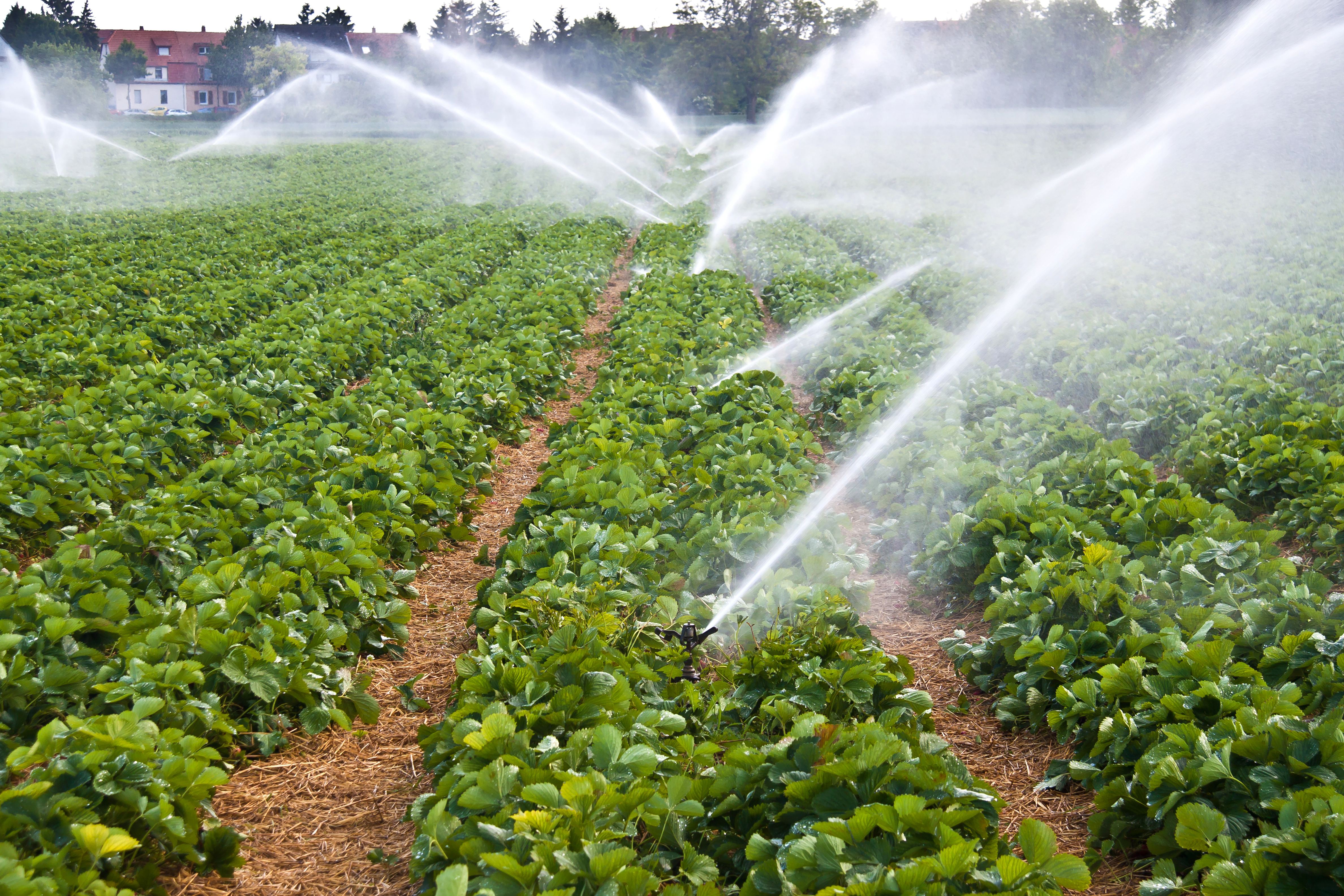
This is part of our Campus Feature on Water Centers & Institutes.
The looming water crisis is a major risk to human health, economic activity, and biodiversity (WEF, 2018; Vörösmarty et al., 2010). Water is being used and polluted – often far from our homes – to produce each of the goods and services we use. To make insightful how our production and consumption choices are affecting freshwater resources, Professor Arjen Hoekstra at the University of Twente developed the water footprint concept in 2002.
“The water footprint is a multidimensional indicator, showing water consumption volumes by source and polluted volumes by type of pollution; all components of a total water footprint are specified geographically and temporally.” (Hoekstra et al., 2011)
Water footprints can be calculated for an individual person, a process, a product’s entire value chain, or for a business, a river basin, or a nation. They provide powerful insights for businesses to understand their water-related business risk, for governments to understand the role of water in their economy and water dependency, and for consumers to know how much water is hidden in the products they use. The impact a water footprint has depends on where the water is taken from and when. If it comes from a place where water is already scarce, the consequences can be significant and require action. Hence, a full Water Footprint Assessment consists of four distinct phases: i) Setting goals and scope; ii) Water footprint accounting; iii) Water footprint sustainability assessment; and iv) Water footprint response formulation.
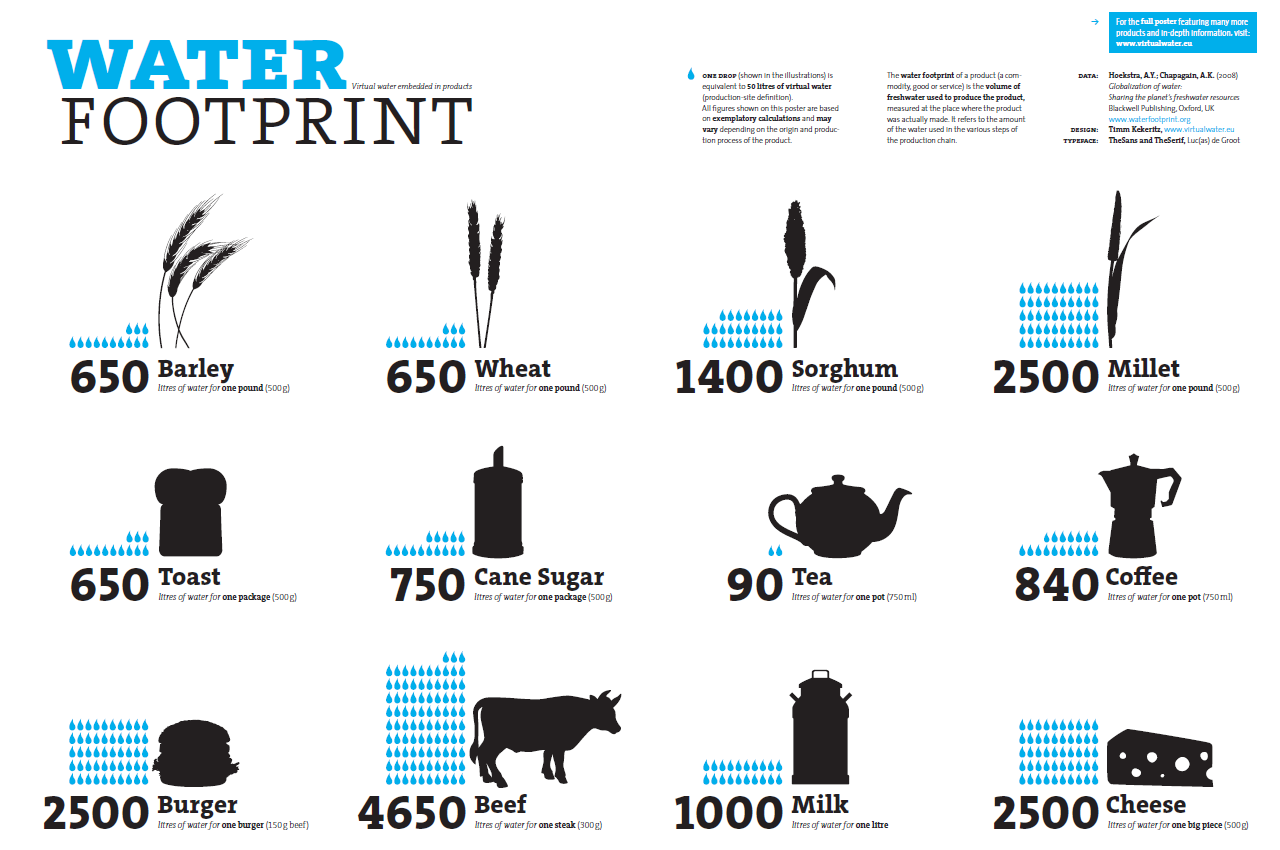
Figure 1. Water footprint of products. Data: Mesfin Mekonnen & Arjen Hoekstra (2011). Design: Timm Kekeritz.
Now, 16 years after the introduction of the water footprint concept, Water Footprint Assessment has become an established international field of research (Hoekstra, 2017). Outside academia interest in the water footprint concept grew rapidly. In 2007, companies, in particular food and beverage industries such as Unilever, SABMiller, Heineken, Coca-Cola, Nestlé, and Pepsico, became increasingly aware of their water dependence and the water-related risk facing their companies. In 2008, the time was ripe to establish a platform for collaboration. Hoekstra, together with leading global players from business, civil society, multilateral organizations, and academia, founded the Water Footprint Network (WFN).
WFN is a non-profit, multi-stakeholder network that drives innovation and inspires the changes we must all make to share fresh water fairly amongst all people to sustain thriving communities and nature’s diversity. Its mission is “to use the water footprint concept to promote the transition toward sustainable, fair and efficient use of fresh water resources worldwide.”
WFN aims to facilitate partners in initiating activities, sharing best-practices, and developing tools and materials that will help reach this shared mission. Hereto, the WFN Secretariat coordinates and advances five overarching main activities: (1) Network and Exchange; (2) Awareness Raising; (3) Capacity Building; (4) Knowledge and Data Dissemination; (5) Influencing Policy and Practice. To these ends, the activities of WFN and its partners include:
- The organization of several events to accommodate network and exchange.
- The development and hosting of a series of interactive tools to raise awareness, including a personal water footprint calculator, a product gallery, a national water footprint explorer, and the Water Footprint Assessment Tool that allows businesses to assess the water footprint of their operations.
- Capacity building through maintaining and freely sharing the global standard for Water Footprint Assessment – the Water Footprint Assessment Manual – and the organization of recurring courses and trainings on the topic.
- Dissemination of knowledge and data by maintaining the world’s most comprehensive databases on water footprint statistics and publications.
- Carrying out water footprint assessments to inform governments and businesses on guided actions toward sustainable, fair and efficient freshwater use.
Achieving a world in which we share clean fresh water fairly amongst all people to sustain thriving communities and nature’s diversity is going to take a global community of committed organizations and dedicated individuals. Water Footprint Network wants to be that community, specifically gathered around the water footprint concept, and invites all parties interested in contributing to its mission.
Joep Schyns is WFN’s coordinator of the water footprint statistics and publications databases and he contributes to the scientific advancement of Water Footprint Assessment in his role as postdoctoral researcher at the University of Twente, The Netherlands.
Rick Hogeboom is Executive Director at the Water Footprint Network (WFN), an international non-profit partner and donor organization based in the Netherlands. With WFN, he uses the water footprint concept to promote the transition toward sustainable, fair and efficient use of the world’s fresh water. He is also a researcher at the University of Twente, The Netherlands, where he developed a special interest in and expertise on matters of global water consumption in relation to scarcity, and potential response options for actors involved, including consumers, businesses, NGOs, governments, and investors. Finally, Rick is a Program Manager at the Wetskills Foundation, where he leads and organizes international networking and learning events for students and young professionals in the water sector, to find solutions for pressing water issues. Young and energetic, Rick aims to foster and facilitate science-based, practical and inclusive water stewardship.
Published on December 11, 2018.

